- Ciclismo
- 1091 views
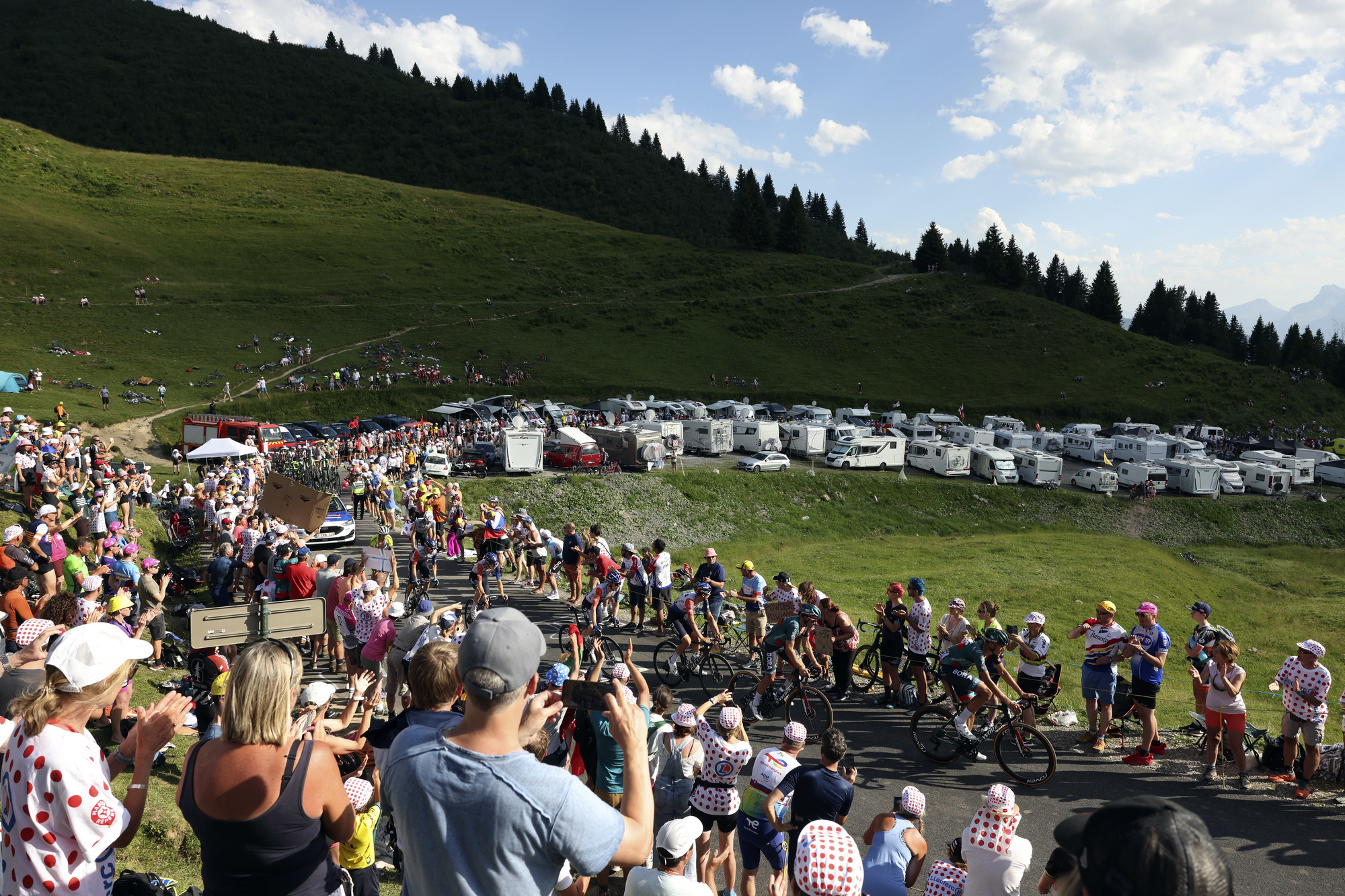
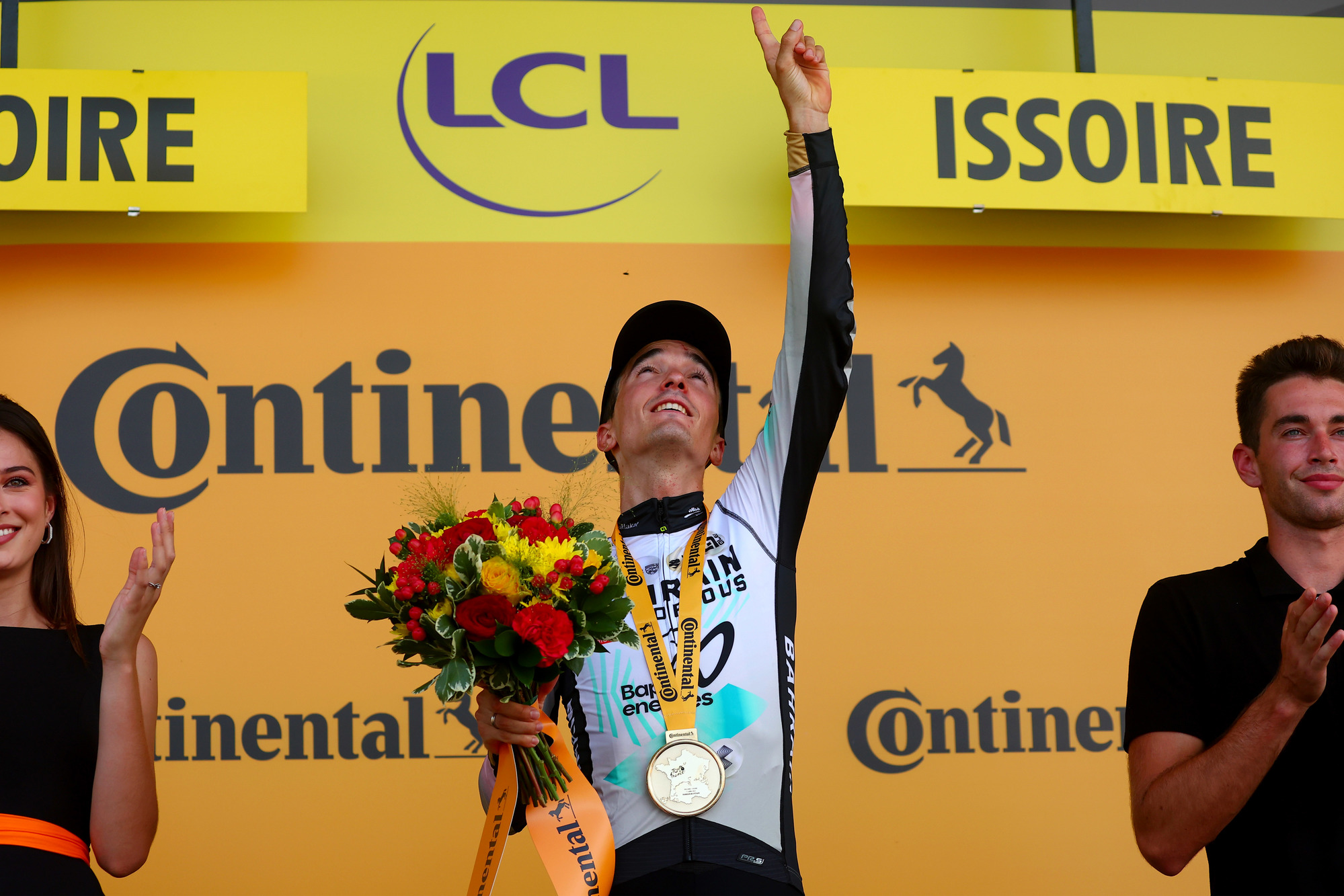
For Gino
Issoire
Catching the right breakaway in the Tour de France isn't easy - it's a question of being alert or lucky, or maybe both. Pello Bilbao has been on the lookout for victory ever since his ‘Grand Départ' started in his hometown. This time, however, his courage and endurance are not betraying him. Repeated attacks have no effect on him, the last bit of strength in his legs for the sprint comes from within. As he raises his arms to the sky, he thinks of his team-mate Gino Maeder, who passed away only a month ago. This victory is for him.
The storming of the Bastille
Le Grand Colombier
From above, this place looks like a postcard, an infinite sinuous serpent wrapping itself around the mountain in a Game of Thrones scenario. The Grand Colombier stands as a Tour de France symbol, a location that immediately conjures images of the race's immensity, history and heroic feats. Here Kwiatowski returns in all his climbing grandeur, epitomising the pure class of a world champion who knows how to win with elegant ease. On "le jour de gloire", the revolution lives on through his attack that ignites both the legs and the heart with fiery passion.
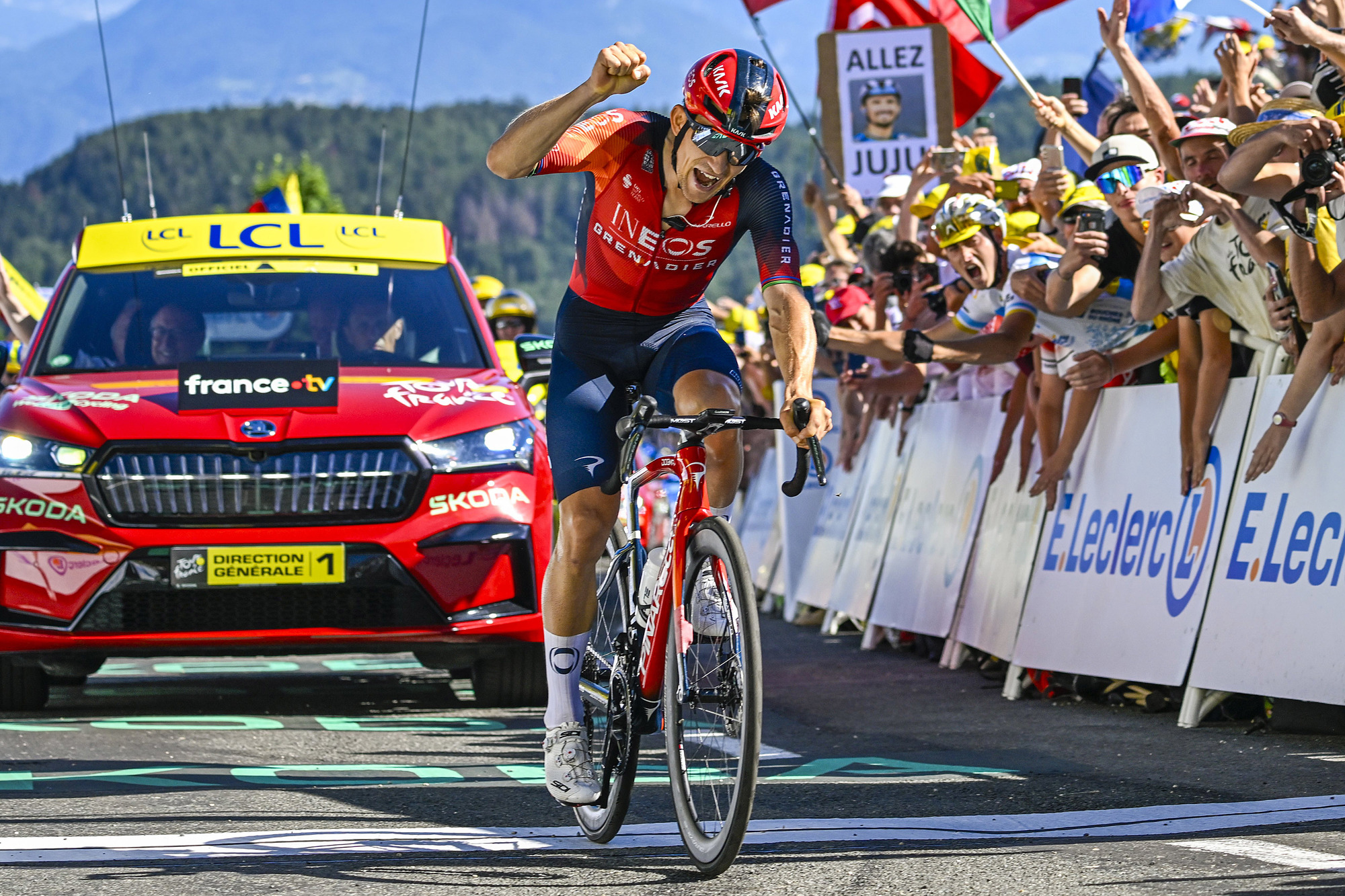
Challenge in the Alps
Morzine Les Portes du Soleil
Being the scene of unforgettable action, the Alps call out to horsemen like Hannibal. The clash between the strongest is inevitable. They fight, barely looking each other in the eye, in search of the main stage in a three-act play that reveals the strengths and weaknesses of its actors in an incomparable spectacle.
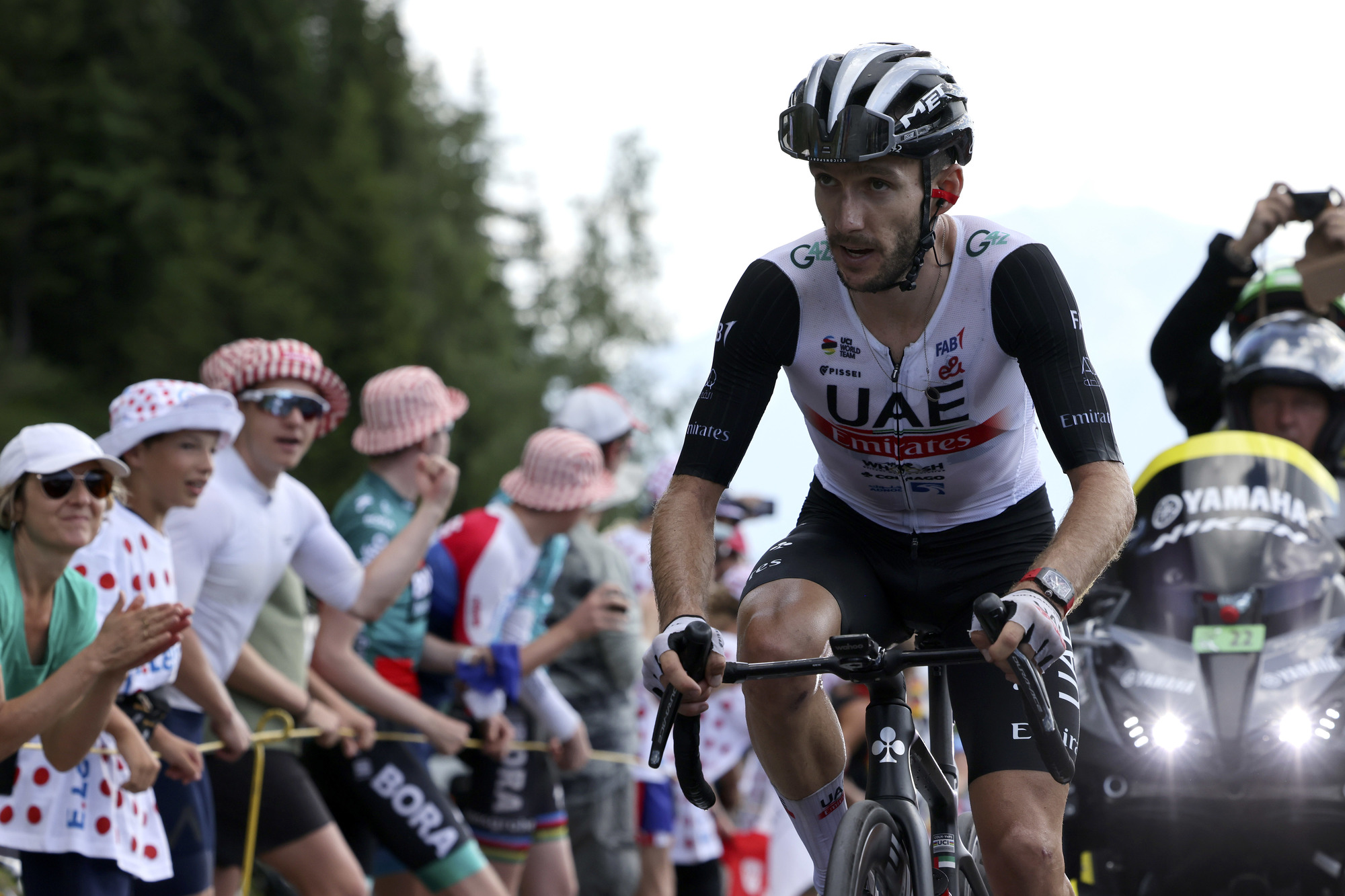
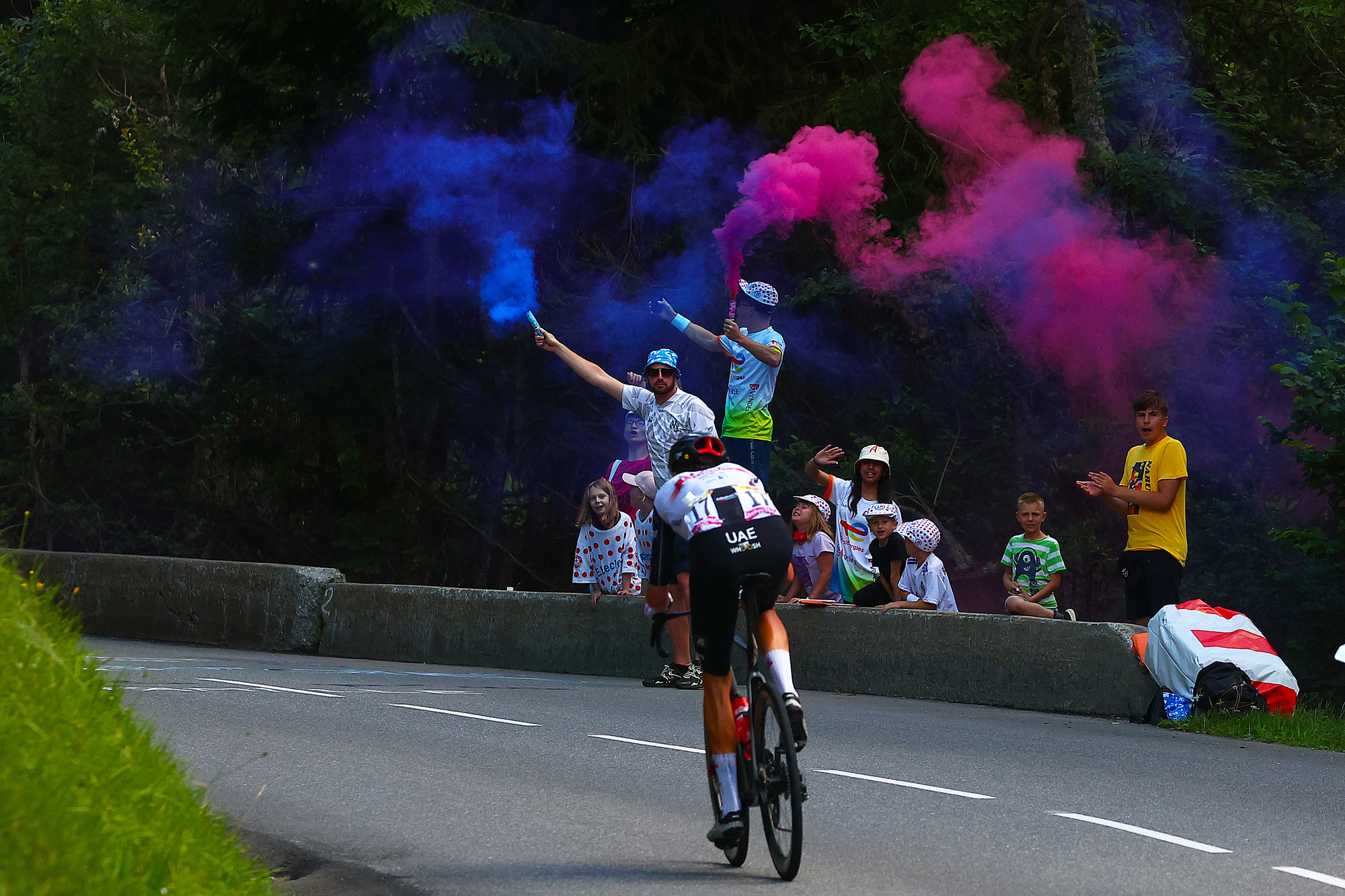
Breathless
Mont-Blanc
This challenging stage showcases the fusion of Alpine beauty and cycling, a unique blend only this sport can offer. Amidst the climbs in the open air and the sections through shady pinewoods, the sense of suffering is palpable. There are hardly any sprints, and the riders trudge between two wings of the pack. The dazzling sun casting its glow over the vibrant colours of the summits’ vegetation tells of enchanted places. These are the most colourful and intense pages of the Tour de France.
How to tackle the Alps stages at TDF - advice from Sonny Colbrelli
Technical tips
The climbs in the Tour de France are not particularly steep. But they are long. It is useful to take a breather when the gradient eases and resume climbing. However, in the sections with double-digit gradients, it is necessary to push on the pedals because the speed is not very high.
I also remember the start of the Mont Blanc stage. The climb starts immediately with good gradients and after four kilometres the road takes a descent. It is there that you have to take a breather to make it to the top, because then there is no moment of respite.
The gears to be used in this case are 52-36/39, while the gear ratio in the rear goes from 11 to 32. It is important to be light on the pedals, as this type of climb can cause cramps and fatigue, which will prevent you reaching the top. Enjoy the view and try not to suffer much.
Hydration and nutrition
Hydration is really crucial; it is always a good idea to stop as often as possible at the fountains along the way to replenish with fresh water. Don't forget to take gels and sugars with you. This will help you to avoid hunger pangs.
Clothing and accessories
Dress lightly for this climate, but bring a cape and leg warmers for the descent. At the start of the climb temp might be in the 30s, but by the time you get to the summit it can be as low as 11-12 degrees. Something always in your bag? A neck warmer.
Weather
Another very important thing is to have lights on your bike and helmet. The weather can change suddenly in the mountains and it is important to be visible.


 Italiano
Italiano English
English